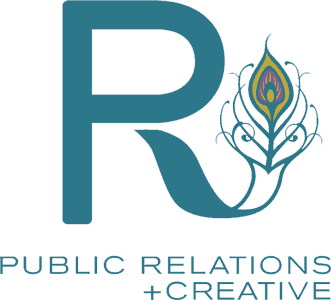One of the more frustrating aspects of public relations (PR) is that it can be harder to measure ROI than traditional advertising or digital marketing, for example. What’s more, good PR can often take a little bit of time to make an impact and in today’s world of instant gratification, that can make those approving PR budgets antsy. Enter pay-for-placement PR. But does it really work? Let’s find out.
Pay-for-Placement PR Defined
PR firms offer different types of payment models such as an hourly rate or a monthly retainer for their services. Another lesser-known model is called pay-for-placement PR which means the firm only gets paid after a story about you appears in the media. It’s an option that often appeals to startups or small-business owners who have limited budgets.
Expectations versus Reality with Pay-for-Placement PR
While this model can be effective, it’s not without controversy. Here’s our take on the realities of pay-for-placement PR.
Pros:
- You get what you pay for – Instead of wondering what exactly your PR firm is doing to earn that PR retainer or if they should be charging more or fewer hours to get the results you want, with pay-for-placement PR, you eliminate that uncertainty.
- Focuses on the short-term goal – This often works for startups or small businesses who need to create some quick brand awareness or publicity for a new product release and/or an event. But don’t yet need some of the more long-term PR services like reputation management or media training.
Cons:
- Not every media placement is the same – Is a media placement in an obscure local publication the same as one in the lead publication in your industry? No, but you might be paying the same if you’re not careful upfront with this model. It’s about quality versus quantity. And that goes for how prominently your brand, product, or service is featured, too. It doesn’t do you much good if you only garner a small mention.
- It can limit the relationship with your PR firm – Pay-for-placement PR is transactional, no doubt, and while that’s not necessarily a bad thing, part of the key to success with public relations is the strength of your partnership with the firm you use. When your PR firm is immersed in your brand they can tell your story more effectively, and retainer clients typically get more value-added services by the nature of their investment.
- The model can invite abuse – If there’s a system to game, someone will find a way regardless of the industry and PR is no different. Yes, there are some unscrupulous firms out there who may cut corners and/or try to offer kickbacks to journalists to gain placements. This is completely unethical, but don’t let it overshadow a model that can work when done correctly especially when there are ways you can protect yourself and your brand.
Meeting Expectations with Pay-for-Placement PR
To meet (or exceed) expectations you have to set them clearly, of course. That’s one of the ways to ensure you get the best results with pay-for-placement PR (or any type of public relations, advertising, or marketing). Yet, you’d be surprised how many brands do so. But that’s a post for another time. Other ways to ensure your expectations are met with pay-for-placement PR include:
- Do your homework on the best type of PR firm to represent you, and not just for pay-for-placement, but also for your brand and industry in general. Then vet them thoroughly.
- Again, define what you want to achieve. What types of media publications, placements, and mentions equal success to you?
- Develop as close a working relationship with your PR firm as possible with this model; the better they know your brand and the better you work together, the better your media placements will be.
- Track the work your PR firm is doing and make sure you can make adjustments if you don’t think you’re getting your money’s worth.
To learn more about how R public relations services can help your business, click HERE to schedule a FREE Discovery Call today!
